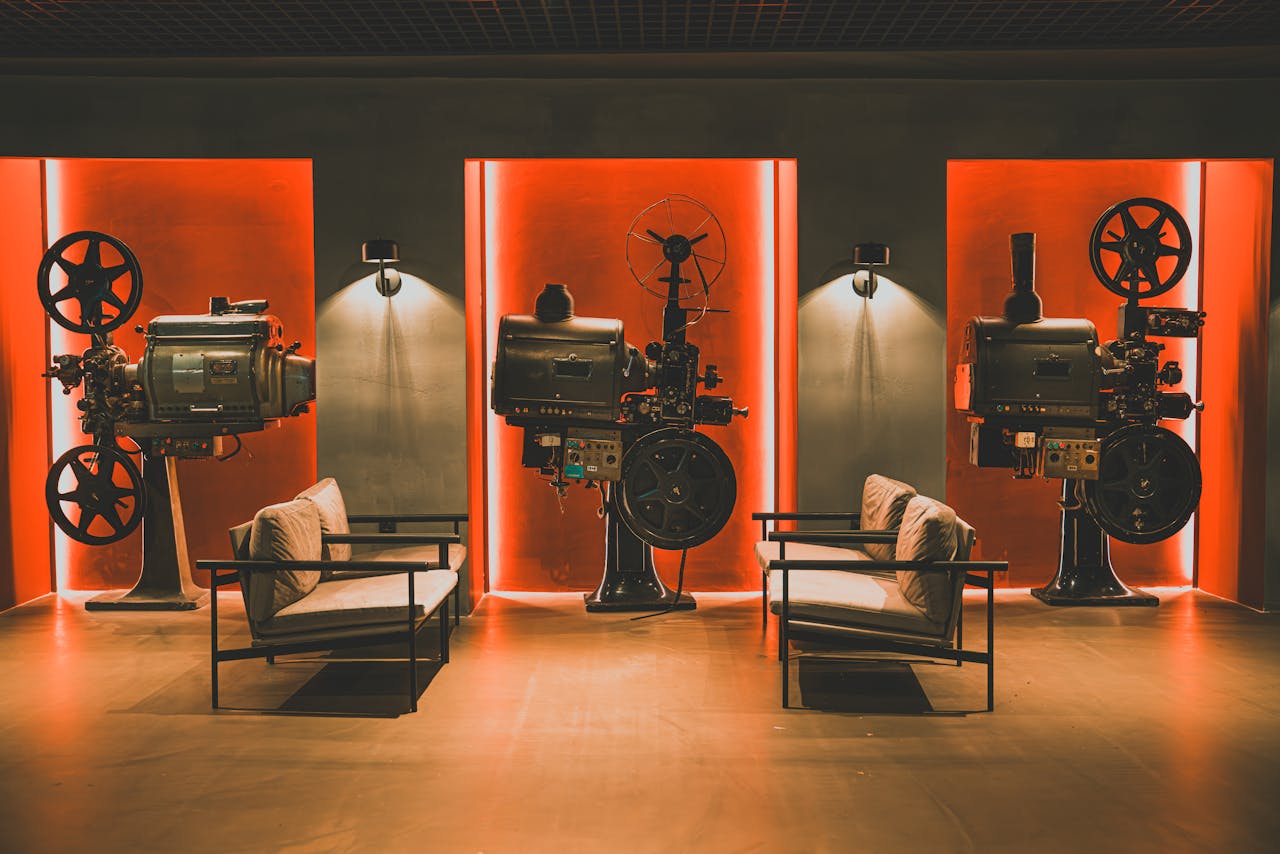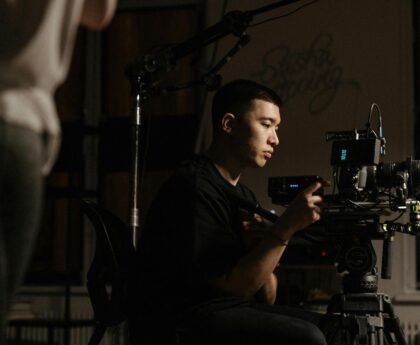Writing a research paper on the history of movies is a challenging but ultimately satisfying task. From picking a fascinating subject and collecting important sources to developing a solid thesis and methodically organizing your findings, this guide provides an organized strategy to navigate the diverse field of film studies.
Choosing a Research Topic
The topic you choose for a film history paper establishes the direction for your research and keeps you interested and motivated. Pick a topic that interests you since it will motivate you to learn more and stay engaged. You may be fascinated with the silent film era, the Golden Age of Hollywood, or new-wave filmmaking in many nations. Alternatively, focusing on influential directors like Alfred Hitchcock, Akira Kurosawa, or Agnès Varda can give a rich source of information and a clear, manageable research topic.
Another way is to look at movies that have had a big effect on the business or show how style and technology have changed over time. Researchers and scholars can learn much from movies that used new methods or were important in forming genre norms.
Gathering Sources
When writing a well-rounded film history research paper, using first-hand and second-hand sources to shape a strong storyline is essential. Primary sources, like original films, interviews with filmmakers, and reviews from the time, give us a straight look into movies’ time, style, and reception.
On the other hand, secondary sources like scholarly papers, books, and critical essays offer analyses of the past that are necessary for understanding historical films. Platforms like Ghostwriter Deutschland can be particularly helpful for researchers seeking to deepen their inquiry into a particular topic or needing expert support in navigating the vast array of cinematic history.
Developing a Thesis
To write a strong thesis for a film history research paper, you must take a few important steps to help you make your main point clear and convincing. Your thesis statement should summarize your main idea or argument about the subject.
First, come up with a question that is related to the part of film history you are keen to learn more about. This could be anything from the effect of a certain director to the effect of a certain movement or genre to the effect of how social changes during a certain time affected filmmaking.
As you work on your thesis, make sure it is clear and able to be argued. If a thesis is arguable, it means that a reasonable person could disagree with it. This gives you a starting point for your research.
Instead of saying something general like “Film noir influenced modern cinema,” a more specific and debatable argument would be “The visual style of film noir changed the way thrillers tell their stories today.” This type of thesis sets the stage for more in-depth analysis and backs up your claim with specific proof and examples from both first-hand and second-hand sources.
Creating a Working Bibliography
Making a working list early on in your research is important to keep your source-gathering organized. This list of sources should have all the sources you use, even if you don’t use them in your final work.
To make a working bibliography, you should start by making a list of all the possible sources that could be useful for your study. To get a full picture of your topic, this list should include a range of sources. Usually, books, journal papers, movies, interviews, and websites should all be in your bibliography.
Along with traditional sources, you might want to include digital sources like websites and online magazines. When you do, be sure to write down the date you accessed the material, as the internet is constantly changing.
Finally, make sure that your bibliography is well-organized from the start. Depending on your preference and the needs of your project, you can organize it alphabetically by the author’s last name or thematically by subject area.
Analyzing Films as Historical Documents
To properly analyze movies as historical documents, one must look at their setting, themes, and style, as these can all reveal information about the period they portray or were made in.
Historical Context
Films show the time era in which they were made and can be used as first-hand accounts of the values, norms, and conflicts that were common at the time they were made. It is important to look at the political, social, and economic situations that existed at the time that a movie was made to understand its historical background.
Themes and Aesthetics
When you look at a movie’s themes, you see the lessons or messages being sent through the story and characters. Themes can be obvious, like criticizing a government system, or they can be more subtle, like exploring who you are as a person. Some of these aspects are the cinematography, the set design, the costumes, and the music.
Film Theory and Methodology
Using film theory and methodology can help the analysis go deeper by giving you more ways to look at and understand a picture. Marxist theory, for instance, could be used to examine how class battles are shown in a movie, while feminist theory could be used to examine how gender is shown.
Practical Application
You need to be critical and see both the messages that were meant and those that might not have been meant. Comparing films with other historical sources and scholarly studies can also help you get a fuller picture of the historical story being studied.
Drafting the Research Paper
Here’s a help on how to organize your draft, from the beginning to the end, and why it’s important to revise your drafts.
1. Introduction: Start by writing a strong opening that makes your thesis statement clear.
2. Body Paragraphs: Separate the key points that support your thesis into sections that make sense in the body of your paper. Each part should begin with a clear topic sentence that tells the reader what the paragraph is about. The next part should include data, quotes, and analysis from your study that back up your thesis. Resources like Ghostwriter can provide valuable guidance and support for those seeking deeper insights or assistance in structuring their research papers.
3. Conclusion: In the conclusion you should restate the main points of your study, explain how these points relate to your main thesis, and suggest possible areas for further research.
Citing Sources
Citations should be used correctly in academic work for several reasons. It indicates that you respect other people’s ideas, backs up your points with well-known research, and helps keep the integrity of the field by stopping plagiarism. You can gain the trust of your audience and build credibility by properly citing your sources.
Use reference guides or tools to make sure you respect the rules set by your professors. For example, style guides like APA, MLA, and Chicago give clear directions on how to properly format citations. Common mistakes like wrong source formatting or not giving enough credit can get you in trouble for plagiarism.
Citation tools and resources can also help you with your research by giving you a way to keep track of and organize your sources. This can be especially helpful for big study projects that need to list many sources clearly and consistently.




